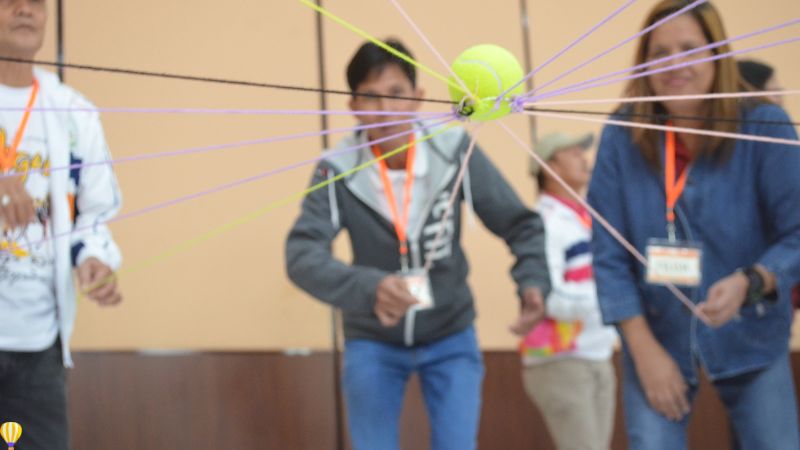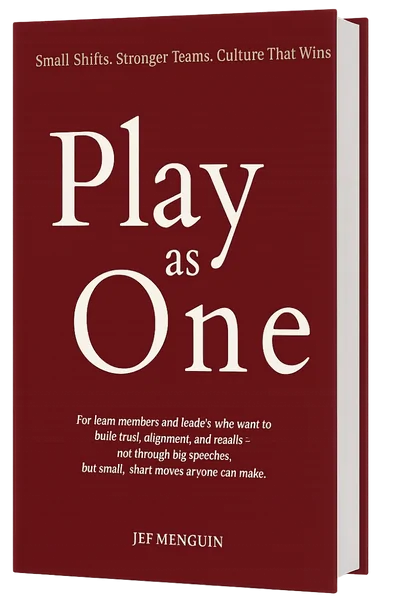In tough times, we often see the best in people. One example of this is the community pantry. These pantries are a result of bayanihan—the Filipino spirit of working together and helping each other. During the pandemic, when everything seemed dark, community pantries brought light and hope.
The idea behind community pantries is simple: “Give what you can, take what you need.” It all started with Ana Patricia Non on Maginhawa Street in Quezon City in April 2021. She set up a small table with food and essentials for anyone who needed them.
Soon, her neighbors started contributing too, and the idea spread across the Philippines. Even when cities were quiet under quarantine, these pantries became places of life and hope, showing us the power of community.
In this article, we’ll look at ten lessons from community pantries. These lessons can help us promote bayanihan in our daily lives. Whether you’re a student, a worker, or a leader, there’s something here for everyone. Let’s learn how we can all make a difference, one small act at a time.
Lesson 1: Generosity Breeds Generosity
Generosity spreads. Ana Patricia Non started the first community pantry with what little she had. Her neighbors saw this and decided to help too. Soon, the pantry was overflowing with donations.
This shows us that even small acts of kindness can inspire others. You don’t need to be rich to help. Share what you have, and others will follow your example. Maybe share your lunch with a classmate who forgot theirs or donate toys you don’t use anymore. When you give, you encourage others to give too.
Lesson 2: Every Little Bit Helps
Every small contribution counts. Community pantries thrived because people understood that their small donations added up. A can of soup or a bag of rice might seem small, but together, they made a big difference.
This teaches us that no effort is too small. You might feel your actions don’t matter if you can’t solve a problem alone, but small efforts add up. Think about picking up trash in your neighborhood, helping a friend with homework, or volunteering at a local food bank. Each small action contributes to a larger impact.
Lesson 3: Collaboration is Key
Teamwork makes things work. Community pantries succeeded because people worked together. It wasn’t just one person’s effort; it was everyone’s.
This shows us the power of teamwork. Whether it’s a school project, a community clean-up, or a group fundraiser, working together brings more ideas, resources, and energy. Next time you have a big task, ask for help and offer yours too. Together, we can do more.
Lesson 4: Trust Builds Strong Communities
Trust is essential. Community pantries relied on trust—trust that people would take only what they needed and that others would keep the pantry stocked.
This teaches us the importance of trust in building strong communities. We build trust by being honest, keeping promises, and respecting others. Trust creates supportive communities where everyone feels safe and valued.
Lesson 5: Creativity in Problem-Solving
Be creative. Community pantries showed creativity in solving problems, from keeping food fresh to organizing safe distribution during quarantine.
This encourages us to think creatively when facing problems. Creativity isn’t just for artists; it’s useful for everyone. When you face a challenge, try looking at it from different angles and consider unconventional solutions. Embrace your creativity and don’t be afraid to try new ideas.
Lesson 6: Empathy Drives Action
Empathy motivates us to act. Community pantries were rooted in empathy—understanding and sharing the feelings of others.
This teaches us to practice empathy by listening and caring. It can be as simple as being there for a friend or starting a community project to help those in need. Empathy creates a more caring and connected world.
Lesson 7: Resilience in the Face of Adversity
Be resilient. Community pantries faced many challenges, but people stayed determined and resourceful.
This shows us the importance of resilience—bouncing back from difficulties. Life has challenges, but how we respond matters. Stay positive, look for solutions, and remember that setbacks are temporary. Resilience makes us stronger.
Lesson 8: Leadership from Everyone
Anyone can be a leader. Community pantries were led by ordinary people who took action.
This teaches us that leadership isn’t about titles or power; it’s about making a positive difference. Whether organizing a school event or solving a problem in your neighborhood, you can lead by example. Don’t wait for someone else—step up and inspire others.
Lesson 9: The Power of Social Media
Use social media for good. Social media helped spread the word about community pantries, mobilizing resources quickly.
This shows us that social media can make a positive impact. Use it to raise awareness about causes, organize events, or spread kindness. By sharing positive messages, you can influence others to join in making a difference.
Lesson 10: A Sense of Shared Purpose
Shared goals unite us. Community pantries brought people together with a common goal—helping those in need.
This shows us that a shared purpose strengthens communities and motivates us to work together. Whether it’s a family project, a school initiative, or a neighborhood clean-up, having a common goal helps everyone stay focused and committed. Create shared goals with your friends, family, or community, and see how it brings you closer.
Let’s promote bayanihan.
The crises we faced didn’t make us heroes; they brought out the heroes in us. The spirit of bayanihan is part of who we are. We don’t need another crisis to practice bayanihan. Every day is an opportunity to help, lead, and make a positive impact.
Let’s remember the lessons from community pantries and carry them forward. By doing so, we can build a world where generosity, empathy, and cooperation thrive, no matter the circumstances.



